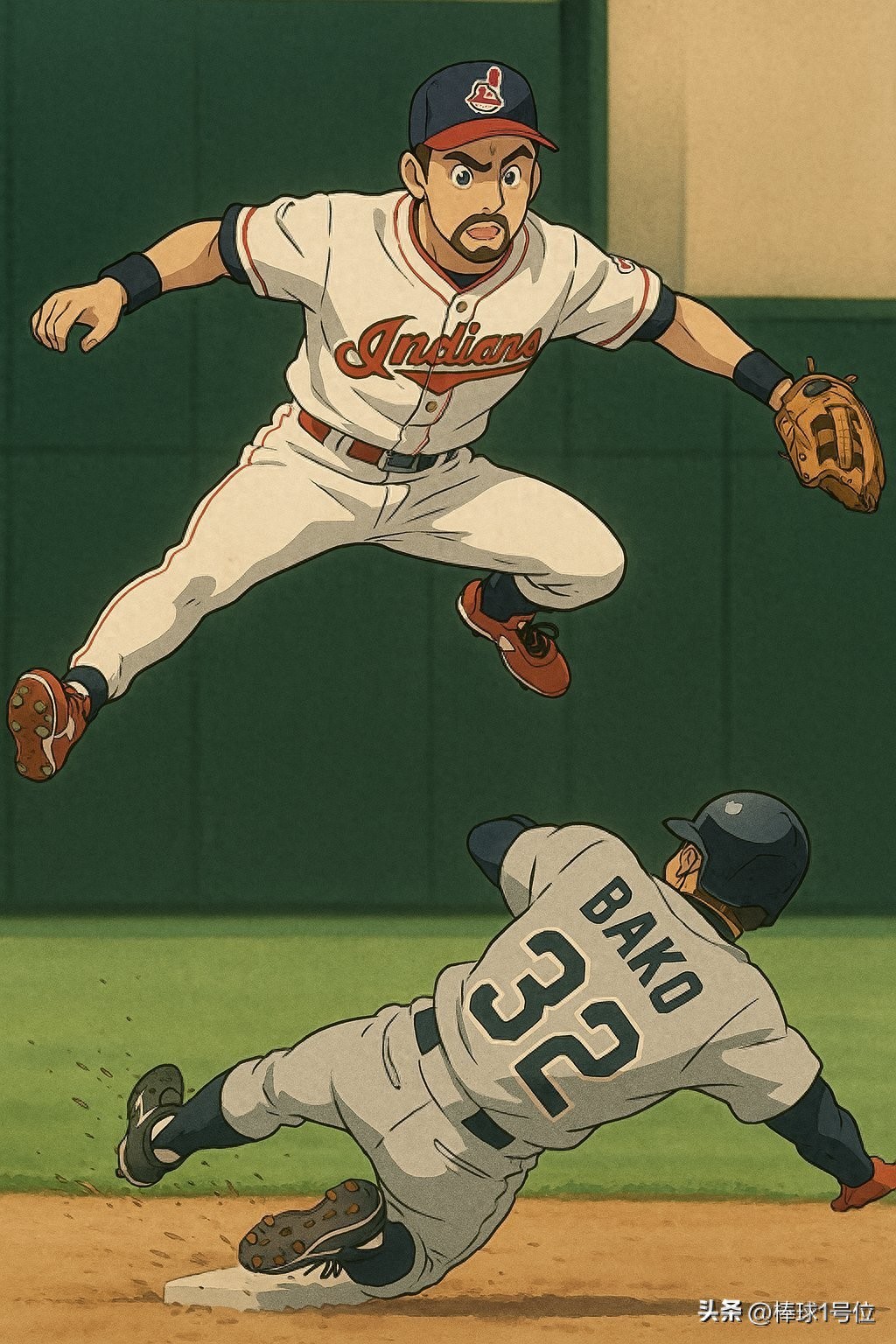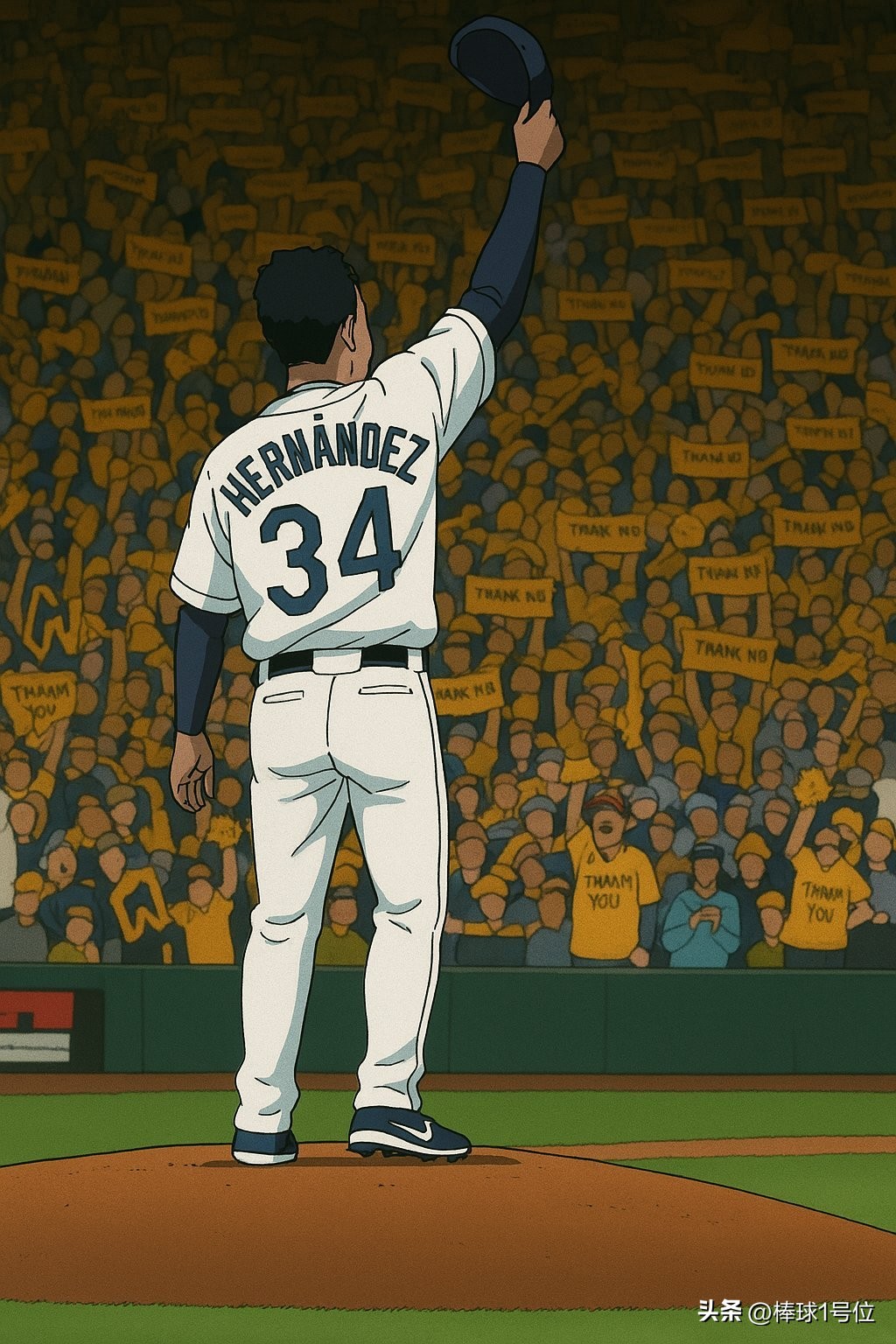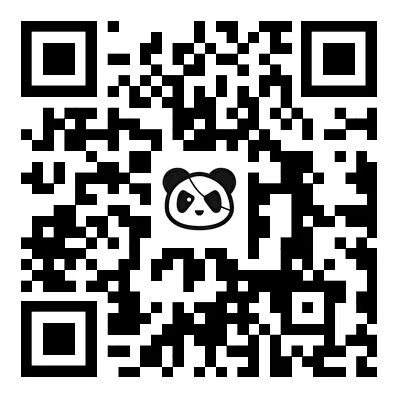Baseball Referee Study Guide Baseball No. 1 Position
A guide to rule learning and ability improvement for baseball referees, including systematic learning paths and practical suggestions to help referees efficiently master the rules and improve the level of law enforcement:

1. Construction of basic rule system
1. Official Rules Intensive Reading
Core Documents: Read the World Baseball and Softball League (WBSC) Official Rulebook in its entirety or the latest version of the league's rules (e.g., MLB rules), highlighting confusing provisions.
Modular learning: Split the rules into modules such as pitch decision, batting area dispute, running rules, dead ball/live ball status, protest handling, etc., focusing on 1-2 modules per day.
Terminology database establishment: Produce a Chinese-English glossary (e.g., "Balk" (pitcher foul), "Infield Fly" (infield high fly)) to strengthen the accuracy of professional expression.

2. Dynamic rule update tracking
Subscribe to official websites such as WBSC and MLB to pay attention to annual rule revisions (such as pitcher board restrictions and instant replay rule adjustments).
Join the Judges Association mailing group and participate in rule change workshops.

2. Deep learning of scenario-based precedents
1. Classic case library
Collect historical dispute precedents (such as the 2019 World Series "interference penalty") and analyze the decision-making logic of the referee team and the basis for citing the rules.
Watch the MLB Replay Operations public video to learn how the video-assisted penalty process works.
2. Simulation training system
Use a VR penalty simulator (such as UmpireVR) for high-precision scene training such as pitching trajectory and touch kill timing.
Organize offline scenario drills: design 20-second quick decision-making scenarios such as throw-in disputes, blocking/hindering base runs, etc.

3. Special improvement of law enforcement skills
1. The division of labor is refined
Home Plate Umpire: Calibrate the ball belt judgment through high-speed camera replay, and record the accuracy of daily judgments.
Base Umpire: Special training for double kill positions, base route prediction, and the use of laser rangefinders to optimize the movement path.
2. Standardize gestures and communication
Record your own gesture video and correct it according to the WBSC standard template, focusing on checking the "out" signal strength and the "safe" gesture angle.
Learn conflict management discourse (e.g., "My perspective is ......, do you need to formally protest?) Maintain the authority of the judgment.

Fourth, the strategy of strengthening actual combat ability
1. Hierarchical law enforcement practices
Starting from the youth league, it gradually undertakes semi-professional competitions → high school → colleges, and fills in the "Penalty Self-Assessment Form" after each game.
Invite senior referees to conduct a hands-on assessment, focusing on movement efficiency (more than 90% of penalties are in the best view).
2. Assisted by scientific and technological tools
Wear motion sensors, such as Catapult, to analyse law enforcement run data to optimise the distribution of force.
Use the PitchF/X or TrackMan system to calibrate the consistency of the band judgment with the goal of achieving a match rate of more than 95% electronically reviewed.

5. Continuing Professional Development (CPD) Scheme
Advanced certification system: Complete the WBSC international referee certification course and obtain national→ intercontinental → international qualifications.
Cross-project learning: study the logic of penalty judgment in cricket, softball and other similar sports, and broaden decision-making thinking.
Mental toughness training: Conduct regular high-pressure simulation tests (e.g., penalty stability training in a booing environment).

6. Recommend learning resources
Book: The Rules Primer
Database: MLB Umpire Media Guide (with annual case compilation)
Online Tools: UmpireUniversity.com (Rule-Scenario Multiple Choice Question Bank)
Device: Referee+ Pro Penalty Record Analysis APP
Through the systematic implementation of this guide in 6-12 months, combined with more than 200 hours of law enforcement practice, the accuracy of rule application and on-the-spot control can be significantly improved. It is recommended to conduct a closed-book test (target accuracy rate of >92%) and video penalty analysis (error rate of <3%) on a quarterly basis to continuously consolidate professional capabilities.










 Links
Links
 Contact
Contact
 App
App


